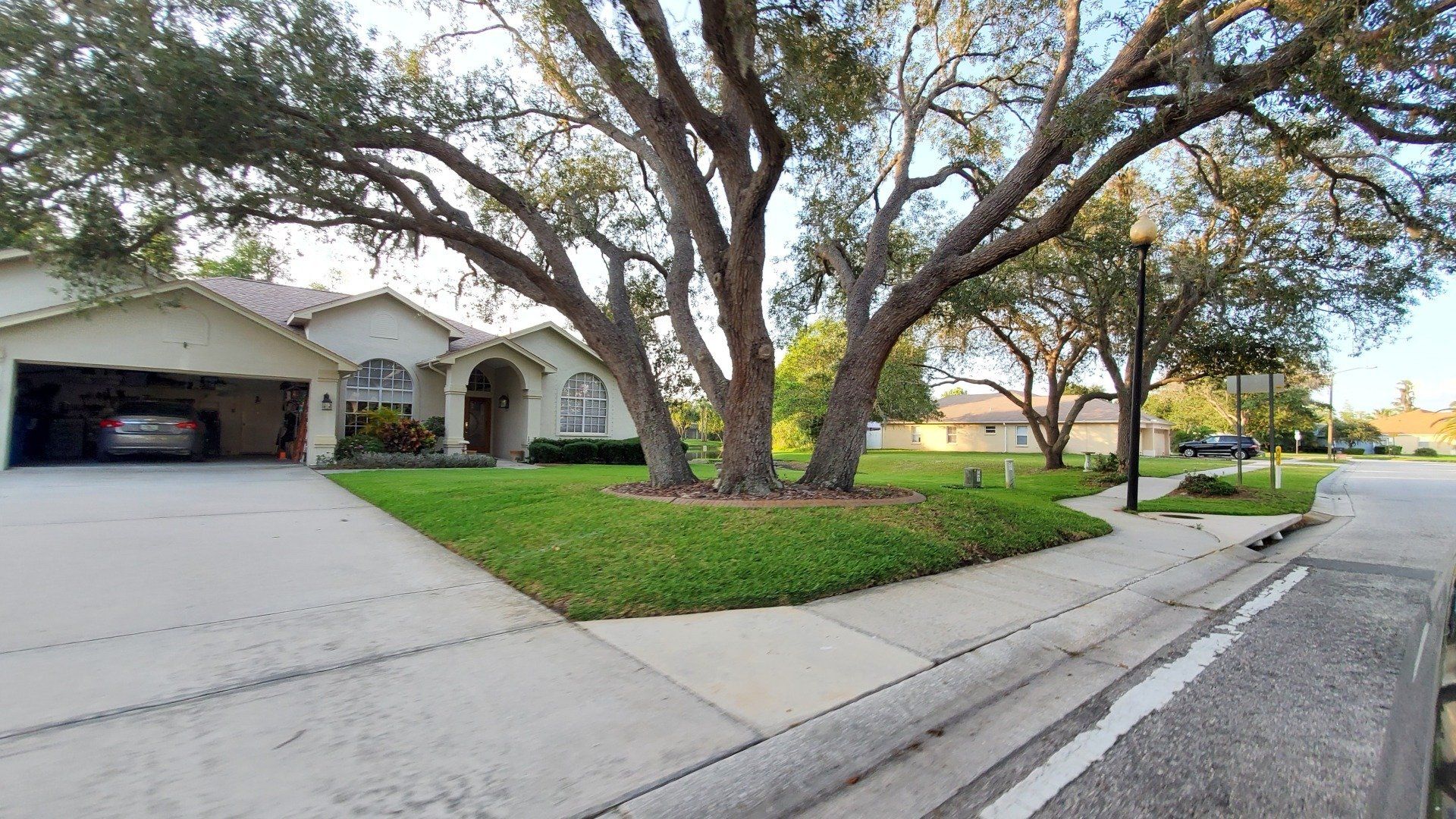Home affordability plummeted in fourth quarter 77% of counties are now labeled less affordable by ATTOM Data Solutions
Home affordability plummeted in fourth quarter
77% of counties are now labeled less affordable by ATTOM Data Solutions
Homeownership continues to swerve into unaffordable territory, with median-priced single-family homes becoming less affordable in three-quarters of the nation’s market, a report published by ATTOM Data Solutions last week said.
Per the report, between October to December 2021, median home prices in 440 of the 575 counties analyzed by the data vendor saw notable home-price growth. As a result, 77% of counties included in the report have now been labeled as less affordable by ATTOM, up from 39% of counties in the fourth quarter of 2020.
The data vendor also noted that in the third quarter of 2021, 428 counties from the same data set were labeled as less affordable, up from 224 counties in the fourth quarter of 2020.
On average, the median national home price grew by 17% over the past year to $317,500, according to the report.
Todd Teta, chief product officer at ATTOM, said in a statement that the financial comfort zone for homebuyers continues to shrink as home prices rise and mortgage rates tick upwards.
How lenders can accelerate access to credit for marginalized communities
For those in marginalized communities, it can be much more challenging to achieve the American dream of homeownership. Here’s a look at a lending technology that can help forge a pathway for underserved populations to build generational wealth through homeownership.
Presented by: Equifax
“Historically low rates and rising wages are still big reasons why workers can meet or come very close to standard lending benchmarks in a majority of counties we analyze,” Teta said. “ But the portion of wages required for major ownership expenses nationwide is getting closer to levels where banks become less likely to offer home loans.”
ATTOM found that ownership costs have risen in the fourth quarter of 2021, with the typical home consuming 25.2% of the average national wage of $65,546. In comparison, the fourth quarter of 2020 saw ownership costs at 21.5%.
However, ATTOM noted that the latest level is still within the 28% standard lenders prefer for how much homeowners should spend on mortgage payments, home insurance and property taxes.
The report added that house hunters unscathed financially by the pandemic have buoyed housing costs, as they “surged into the market amid a combination of mortgage rates hovering around 3 percent and a desire to trade congested virus-prone areas for the perceived safety of a house and yard, as well as the space for growing work-at-home lifestyles.”
“Amid very uncertain times, with the pandemic again threatening the economy, we will keep watching this key measure of housing market stability,” Teta concluded.
Start Your Loan
with DDA todayYour local Mortgage Broker
Mortgage Broker Largo See our Reviews
Looking for more details? Listen to our extended podcast!
Check out our other helpful videos to learn more about credit and residential mortgages.





